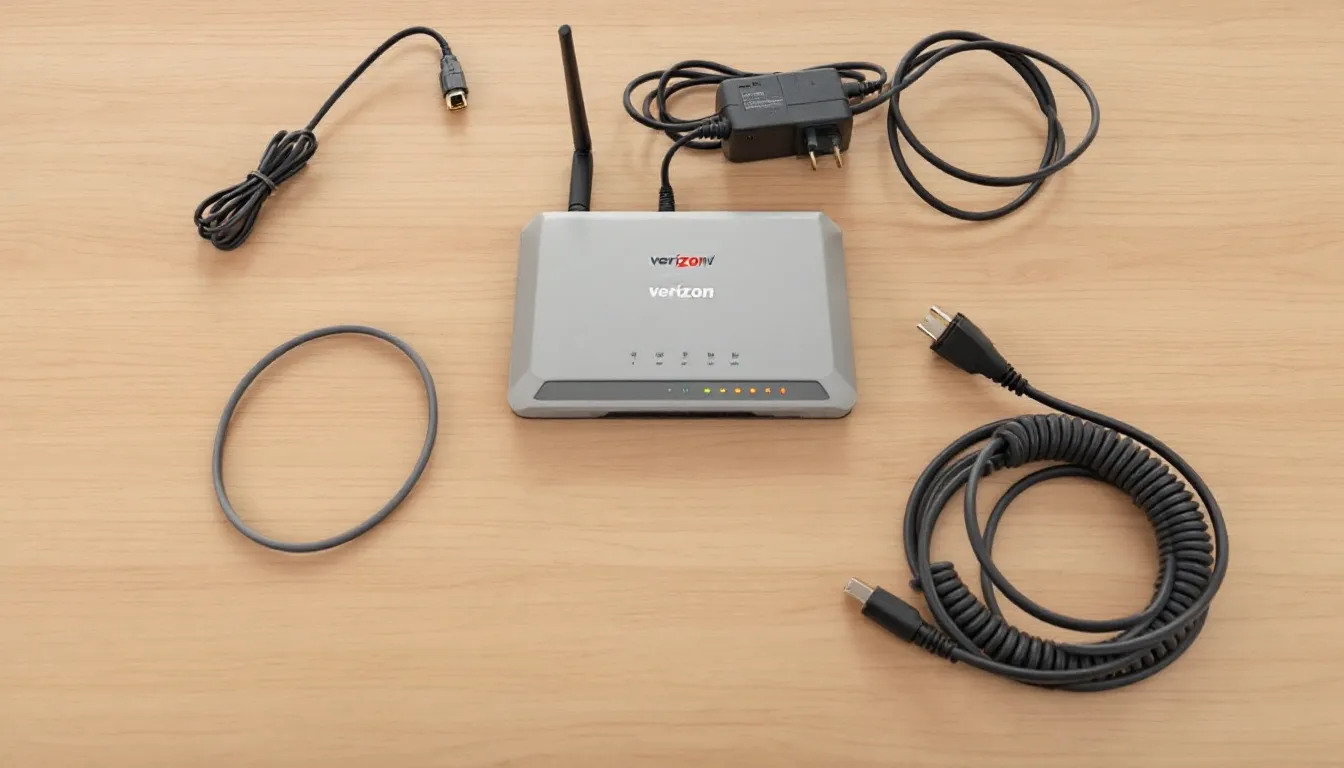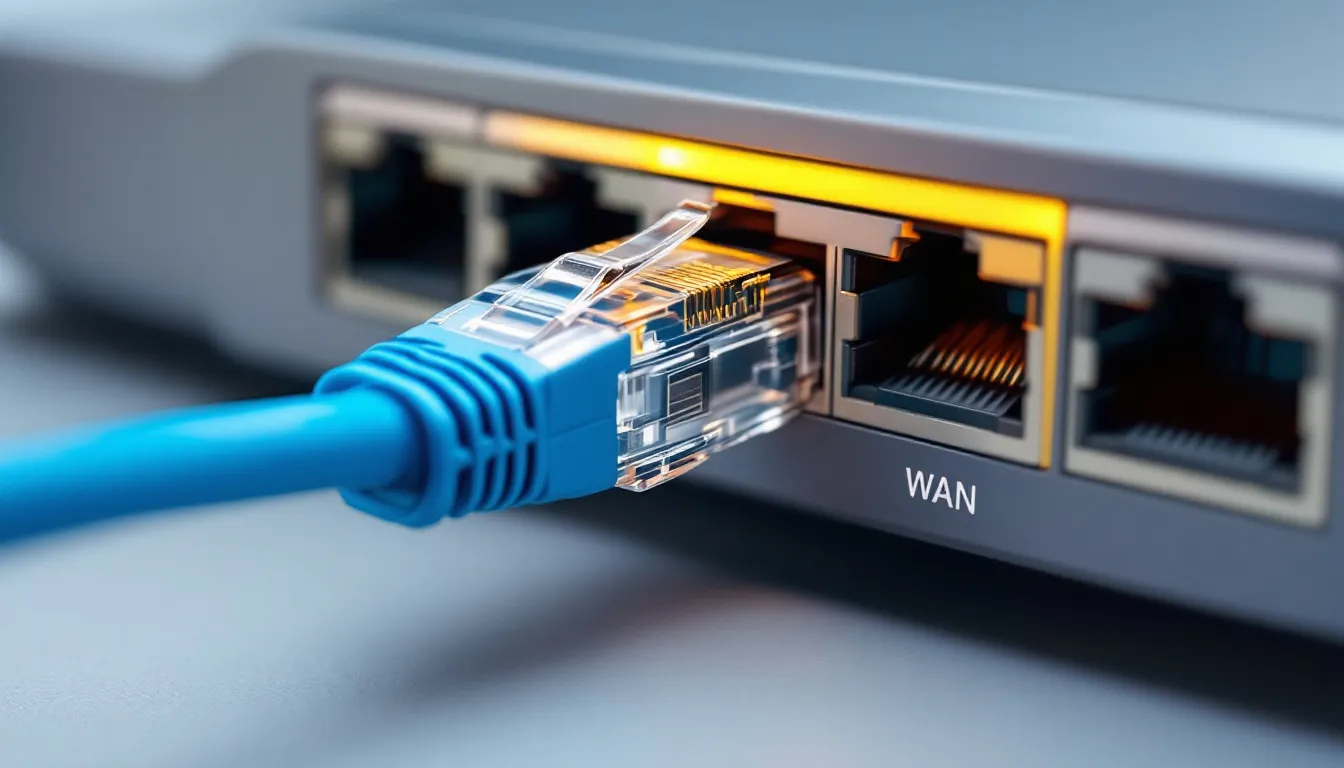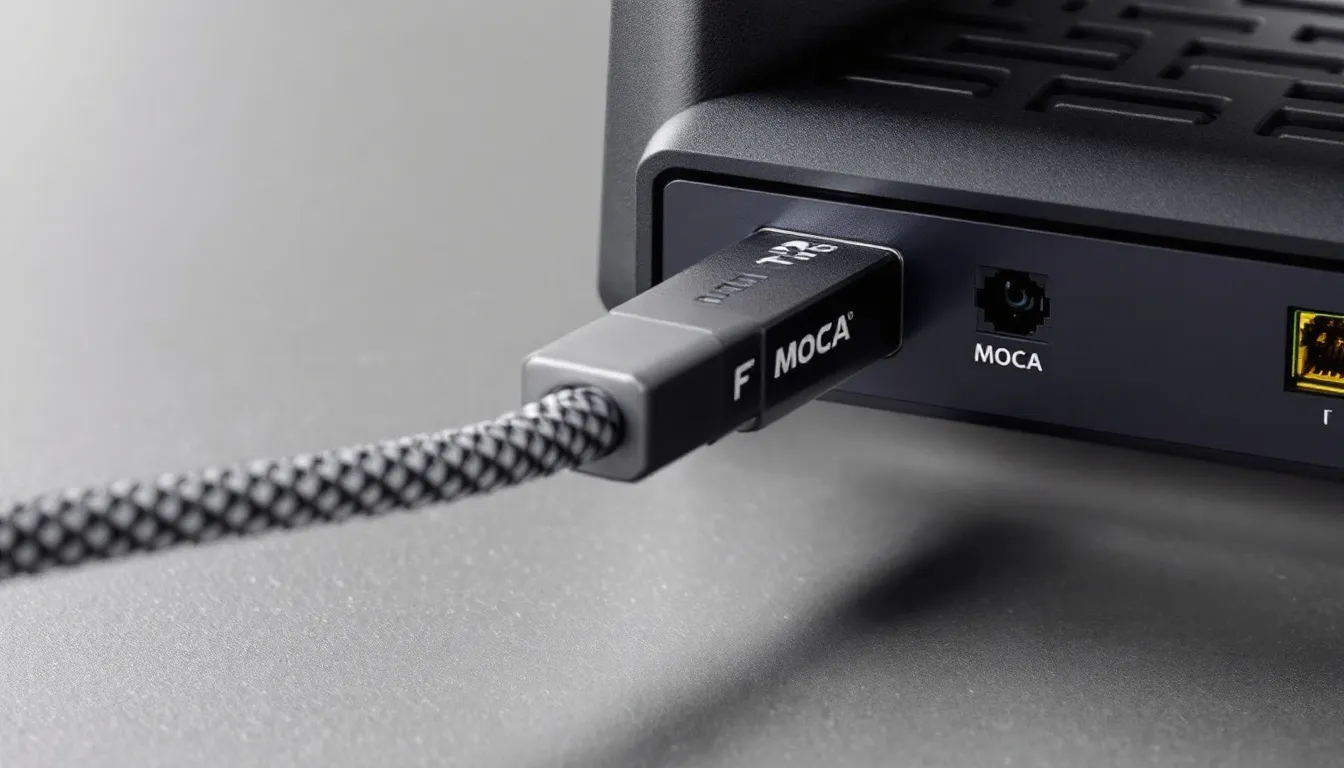Setting up your Verizon router correctly is essential for maximizing your Fios internet performance and ensuring reliable network connectivity throughout your home. Whether you received a new Fios quantum gateway, upgraded to the latest model, or exploring Verizon hotspot features, proper installation and configuration can make the difference between frustrating connectivity issues and seamless internet access.
This comprehensive guide walks you through every step of the Verizon router setup process, from initial preparation, to remote access, to advanced configuration menus, and even free and paid Verizon hotspot options. You’ll learn how to connect your router, configure your wi fi network, optimize settings for your specific needs, and troubleshoot common problems that may arise during installation.
At the end of the setup process, be sure to verify that all services, such as IPTV and internet, are working properly, as the router plays a crucial role in providing these services and supporting troubleshooting if needed.
Pre-Installation Preparation
Before you begin the actual setup process, gathering the correct equipment and verifying your service status will save you time and prevent potential issues during installation.
Before starting, check your order status to confirm all necessary equipment has been shipped and received. This ensures you have everything needed for a smooth setup.
Start by locating all your Verizon Fios equipment. Your package should include your router model – whether it’s the G1100, G3100, or the newer CR1000A – along with the power adapter and Ethernet cable. Each model has slightly different capabilities, but the setup process remains largely consistent across all versions.

Next, you’ll need to locate your optical network terminal (ONT). This critical piece of equipment converts the fiber optic signal into digital data that your router can process. The ONT may be installed in your basement, garage, utility room, or mounted on an exterior wall. Take note of its place, as you’ll need to connect your router to this device.
Before proceeding, check that your Verizon Fios service is active by examining the ONT lights. You should see steady green lights for power, network, and broadband indicators. If any lights are red or flashing, contact Verizon support to resolve service issues before continuing with your router setup.
Keep your Verizon Fios account information readily available, including your account number and any network credentials provided during service activation. This information will be helpful during the configuration process, especially if you need to reach your account through the Verizon app or online portal.
Note that it’s useful to download the my Verizon app on your smartphone or tablet, or ensure that it works fine. This helpful tool provides setup assistance and allows you to manage your network settings remotely once your router is configured.
Physical Router Connections
There is more than one way to connect your Verizon router to the fiber network. The preferred way for most users is to use an Ethernet connection, but some setups may require a coax connection instead. The physical connection step is crucial for establishing proper communication between your Verizon router and the fiber network. Start by identifying the correct ports on both your ONT and router.
Connect the Ethernet cable from your ONT’s Ethernet port to the WAN or Internet port on your Verizon router. The WAN port is typically colored differently or clearly labeled to distinguish it from the LAN ports. Ensure the connection is secure at both ends, as a loose cable can cause intermittent connectivity issues.
For some installations, particularly older setups or specific configurations, you may need to use a coax connection instead. If you prefer to do it this way, attach the coax cable from your wall outlet to the router’s MoCA WAN/LAN port. This connection method is less common but may be necessary depending on your specific installation requirements.

Once your data connection is established, plug the power adapter into your router and connect it to an electrical outlet. Select a location that provides adequate ventilation and isn’t enclosed in a cabinet, as routers generate heat during operation.
Wait approximately 2-3 minutes for your router to fully boot up. During this time, the router initializes its software and establishes communication with the Verizon network. You’ll know the boot process is complete when you see a steady white or green power light on the front of the device.
For devices requiring wired connections, you can now connect Ethernet cables to any of the four LAN ports on your router. These wired connections typically provide the most stable and fastest speeds, making them ideal for gaming consoles, desktop computers, or smart TV devices that support Ethernet connectivity.
Initial Router Configuration
After connecting your router physically, access its configuration interface to complete setup. Connect your device to the router’s default Wi-Fi network using the name and password on the router’s label.
Open a browser and go to 192.168.1.1 or myfiosgateway.com to reach the login page. Use “admin” as the username and the password from the label (or “admin” for older models). If you see a certificate warning, proceed to the login page.
Follow the setup wizard to create your Wi-Fi network name and password. If prompted, update the router’s firmware to ensure security and performance improvements.
Wi-Fi Network Setup
Creating a secure and optimized Wi-Fi network protects your personal data and ensures good performance for all devices.
In your router’s admin panel, go to wireless settings to set your network name (SSID) and security. Choose a unique SSID to easily spot your network, but avoid personal info.
Use WPA3 or WPA2 encryption with a strong password of at least 12 characters mixing letters, numbers, and symbols.
Enable band steering if available to let devices connect to the best frequency (2.4GHz or 5GHz) automatically.
Set up a guest network for visitors to access the internet without reaching your main devices, and consider limits to keep your network fast.
Advanced Router Settings
Optimize your router by configuring port forwarding for apps needing external access, and use Quality of Service (QoS) to prioritize important traffic.
Activate the firewall for security and set parental controls to manage internet use for family devices.
If you need remote access, enable Dynamic DNS to keep a consistent home network address.
MoCA Network Configuration
For Fios TV, enable MoCA in your router to use existing coax cables for set-top box connectivity.
Make sure your coax splitters support MoCA frequencies (up to 1675MHz) to avoid TV guide or on-demand issues.
After enabling MoCA, test your set-top boxes to confirm guide data and on-demand content work properly.

Testing and Verification
Ensure your Verizon router setup works correctly by running speed tests using Verizon’s official tool or a trusted service like speedtest.net. Test both wired and wireless connections to confirm you’re getting your subscribed speeds, noting that wireless speeds may be lower due to interference and distance.
Check Wi-Fi coverage throughout your home to find weak signal areas. Use a mobile device to test signal strength and internet performance in each room, and reposition your router or add equipment if needed.
Verify all devices—smartphones, tablets, laptops, smart TVs, and smart home devices—can connect and function properly.
If you have Fios TV, confirm that guide data loads, on-demand content is accessible, and DVR features work. Review MoCA settings and coax connections if issues arise.
For Fios digital voice, make test calls to check call quality and feature functionality, addressing any network configuration problems if necessary.
Optimizing Verizon Fios Internet Performance
First, double-check that your Verizon router is connected using the correct cable (for Ethernet) from your ONT (Optical Network Terminal) to the WAN port on your router. This direct connection is essential for delivering the full speed of your Fios internet and ensuring your TV and phone service work seamlessly. If you’re unsure about your setup, the Verizon app offers step-by-step guidance and allows you to check your network status and settings remotely.
When configuring your network, make sure your Verizon router is operating in router mode rather than bridge mode. Router mode enables the full range of features, including Wi-Fi management, parental controls, and the ability to extend your network with additional access points. Bridge mode is only recommended if you’re using a separate router for advanced networking needs, as it can limit your ability to access certain Verizon features and may cause you to lose some service functionality.
For the best Wi-Fi coverage, place your Verizon router in a central, open location away from walls and electronic interference. This helps your devices connect to the correct access point and ensures a strong, stable signal throughout your home. If you have multiple devices that entail access points or a large home, consider using a network switch to connect wired devices directly to your router. This reduces congestion on your wireless network and can improve overall speed and reliability.
The Verizon app is a powerful tool for ongoing network management. Use it to monitor connected devices, adjust Wi-Fi settings, and troubleshoot any issues that arise. If you notice slow speeds or connection issues, check that your devices are connected to the correct network and that your router’s settings are optimized for your usage. The app can also help you identify and resolve common issues without the need for a service call.
Don’t forget that your ONT is a critical part of your Fios setup. If you experience persistent issues with your internet, TV, or phone service, use the Verizon app to check the status of your ONT and ensure all cables are securely connected. If you have questions or need further assistance, Verizon support is available to help you troubleshoot and optimize your network.
Common Setup Issues and Solutions
Even with careful preparation, you may encounter a problem during your router setup even during your first week of use. Aside from using the menu for your selected internet plan, this section provides solutions to the most common problems users experience.
If you have no internet connection, first check all cable connections between your ont and router. Ensure cables are securely connected and not damaged. Try restarting both your ont and router by unplugging them for 30 seconds, then plugging in the ont first, waiting for it to fully boot, then connecting your router.
For slow internet speeds, ensure you’re using an ethernet cable for speed tests, as wireless connections can be affected by interference and distance. Check for sources of interference near your router, such as microwaves, baby monitors, or other wireless devices operating on similar frequencies.
Wi fi connection problems often stem from incorrect password entry or device compatibility issues, which you can solve through the menu. Double-check that you’re entering the correct network password and try connecting to different frequency bands if your router broadcasts separate 2.4GHz and 5GHz networks.
If you cannot access the router admin panel, try alternative ip addresses such as 192.168.0.1, or consider performing a factory reset. The reset button is typically located on the back of the router and requires holding for 10-15 seconds while the device is powered on.
For Fios TV issues, confirm that Moca is enabled in your router settings and that all coaxial connections throughout your home are secure. Loose connections can cause intermittent problems with guide data and on-demand content access.
Router Management and Maintenance
To keep your Verizon router performing well and secure, regularly update its firmware via the admin panel or the My Verizon app. Enable automatic updates if possible.
Monitor connected devices and remove any unauthorized ones to maintain security and manage bandwidth. Change your Wi-Fi passwords every six months or if you suspect unauthorized access. Check router logs occasionally for security or connection issues. Restart your router monthly by unplugging it for 30 seconds to clear memory and prevent minor issues.
Then place your router centrally and away from interference. If needed, use Verizon-compatible extenders or a mesh system to improve coverage. Following these steps ensures a secure, reliable network. For persistent issues or advanced features, contact Verizon support.


